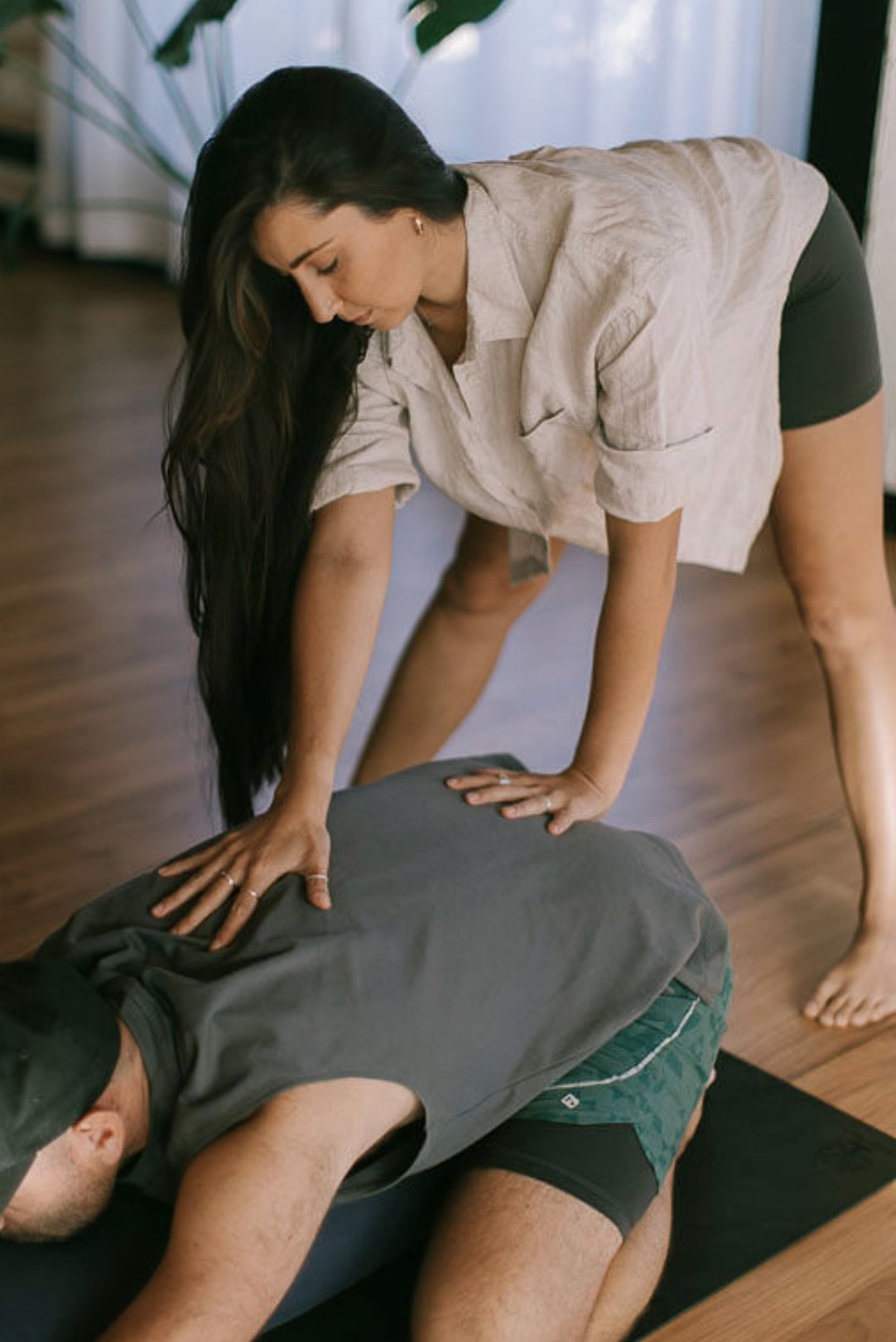5 Key Principles for Mindful Cueing That Will Transform Your Yoga Class
Mindful cueing is essential in creating a harmonious and intentional yoga class.
As a yoga instructor, the way you articulate your words plays a crucial role in guiding your students through their practice.
In this blog post, we'll explore 5 key principles for mindful cueing that enables clarity, personal connection, body awareness and a synchronised flow between breath and movement.
1. Be clear and precise:
When directing movement, think; what part of the body are you referring to and where would you like it to be placed?
Less is often more in cueing; avoid overwhelming your students with unnecessary details.
Clear direction empowers students to move with confidence and understanding.
When verbal cues are clear and simple, students can move with the flow of their breath rather than looking up to their instructor to watch visual demonstrations before they move their body.
2. Make it personal:
Speak directly to your students allowing them to feel a personal connection with you by using inclusive language such as 'your' and 'our' rather than 'that' and 'those.'
Personalising cues encourages a collective energy, students feel that when coming to your class they are part of a community.
This language also enables students to feel connected to their own body.
Your student can hear a cue such as ‘your leg’ or ‘your heart’ and can move their awareness to that area of their body and observe how it feels and where it is positioned in space.
3. Cue breath before movement:
By cueing breath before physical movement, we enable breath to effortlessly guide a student's practice.
Remind students that their movement can follow the rhythm of their breath. This practice not only promotes mindfulness but also enhances mind-body connection, creating a more profound and intentional practice.
4. Invite students to move at their own pace:
Create a space of non-judgement and encourage students to honour their body and how they are feeling.
Acknowledge and respect the individual pace of each student by providing pace invitations…
Use phrases like 'With your next inhale…' or 'Continue this flow in your time…' to offer a sense of independence, freedom and self-awareness.
You can set a positive and inviting tone by incorporating cues that invite students to take their time and find their own rhythm…
For example, 'Once you’ve found your way to the top of the mat…'
or 'Let's all meet in…' These cues create a space for students to arrive at each pose authentically, promoting a sense of ease and comfort.
5. Don’t be afraid of silence:
Give your students time to interpret and digest your words.
Offer a cue and let it settle and simmer.
Silence creates space for students to step out of the thinking mind. We welcome our students to feel their body from within and withdraw from external stimuli.
Your mindful and intentional cueing will transform your class into an inward journey that cultivates confidence, freedom, flow state and self-discovery.
Thank you for reading with me!
If you would like to see more of my yoga tips and tricks you can follow me here
If you would like to practice with me you can join me on my next Yoga Retreat!
I look forward to connecting with you
Jordan

